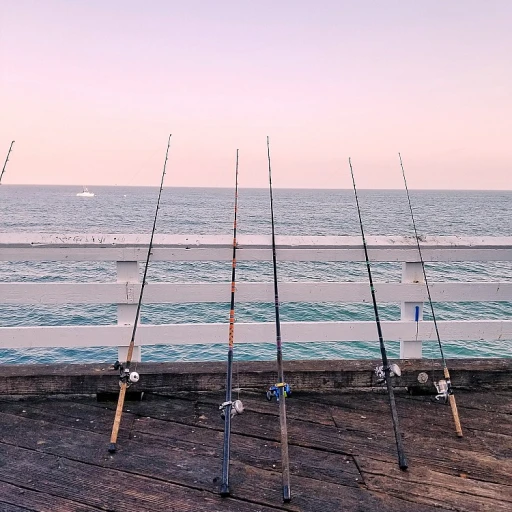
The legendary catch of the largest alligator gar
The legendary alligator gar catch
In the realm of angling, a moment in 1951 stands out like a beacon, shaping legends and capturing imaginations. The main character? A record-breaking alligator gar caught in the Trinity River, Texas. Bill Valverde, a name forever etched in fishing lore, reeled in a monstrous gar weighing a staggering 279 pounds, setting an IGFA all-tackle world record that still stands today [Source: International Game Fish Association].The specifics of the catch
Let's dive into the meat and potatoes: the incredible details of the catch. Valverde's alligator gar measured an astounding 8 feet 5.5 inches long and boasted a girth of 44 inches [Source: Texas Parks and Wildlife]. This mammoth fish was reeled in using rod and reel, with a line test strong enough to withstand a resistance that would give most anglers a run for their money. The fact that this record has held for over seven decades speaks volumes about the challenge posed by these freshwater giants.Bill Valverde's legacy in angling
Bill Valverde's feat didn't just set a record; it ignited a passion and reverence among anglers across generations. His story has inspired countless fishing enthusiasts to seek their own brush with glory, hoping to reel in a fish that could rival his record-breaking catch. The impact of Valverde's success continues to ripple through the angling community, creating a sense of camaraderie and shared ambition that binds together fishing aficionados.Understanding the alligator gar species
The species characteristics and behavior
The alligator gar (Atractosteus spatula) is an ancient species of fish known for its size and distinctive appearance, often resembling an alligator with its elongated body and broad snout. Native to North America, these freshwater giants are primarily found in the southern United States, particularly in states like Texas and Mississippi. Anglers are drawn to these fish not just for their size, but for the challenge they present.
According to Texas Parks & Wildlife, alligator gars can grow up to 10 feet in length and weigh up to 350 pounds, making them one of the largest freshwater fish in North America. Their lifespan is equally impressive, with some individuals living for over 50 years. The resilience and strength of this species are key elements that contribute to their legendary status among anglers.
Distinctive physical traits
These prehistoric fish have a few standout features: a heavily armored body covered in tough, ganoid scales and a double row of large, sharp teeth on their upper jaw. These attributes help them thrive as top predators in their habitats. Their long, torpedo-shaped bodies are built for swift movements, enabling them to ambush prey effectively.
In reference to legacy fishing techniques, seasoned anglers often rely on heavy-duty gear to tackle these behemoths, from strong rods and reels to high-pound test lines. This ensures they can handle the fish's immense power and avoid equipment failure. For example, Kirk Kirkland, a renowned expert in catching large alligator gars, often emphasizes the importance of proper gear and technique to successfully land these giants.
Habitat preferences
Alligator gars are typically found in slow-moving rivers, bayous, and reservoirs. They favor environments with abundant vegetation and a steady supply of prey, such as fish, crustaceans, and even small mammals. The Trinity River and Sam Rayburn Reservoir in Texas are some of the most prolific spots for encountering these magnificent fish.
Feeding and hunting behavior
Alligator gars are opportunistic predators, employing both ambushing tactics and active pursuit when hunting. According to a study published in Live Science, these fish can gulp air directly from the surface, allowing them to survive in low-oxygen waters where other species might struggle. This unique adaptation contributes to their success in diverse environments, from murky bayous to clearer lakes.
Conservation challenges
Despite their hardy nature, alligator gars face threats from habitat loss, pollution, and overfishing. Organizations like the International Game Fish Association (IGFA) and Texas Parks & Wildlife are actively involved in research and conservation efforts to ensure the longevity of this remarkable species. There are ongoing discussions within the angling community about the best practices for catch-and-release to minimize stress and injury to the fish.
Understanding the unique characteristics and challenges faced by alligator gars helps in appreciating their significance within the ecosystem and the angling world. As we continue to learn and adapt our techniques, we can ensure these living relics of the past remain a part of our future.
Record-breaking alligator gars throughout history
Historic alligator gar milestones: a rollercoaster of records
Throughout the decades, the thrill of catching the largest alligator gar has brought anglers to the vast waters of Texas, Mississippi, and beyond. Each record-breaking gar is a testament to human perseverance and the mystery of nature's giants.
In 1951, Bill Valverde made headlines by catching a 279-pound alligator gar in the Rio Grande. This record stood tall for decades, giving anglers a formidable benchmark to measure against. Valverde's gar exemplified the sheer size and strength these fish possess, capturing the fascination of the fishing community.
Fast forward to 2011, when Kirk Kirkland achieved a remarkable feat on the Trinity River, Texas. Kirkland's 230-pound alligator gar, measuring 7 feet, 9 inches, set new standards in the fishing world. This catch not only highlighted the potential of East Texas rivers but also fueled a renewed interest in gar fishing across the nation.
The modern marvel: art weston and his colossal catch
More recently, in 2014, Art Weston secured a place in Igfa's records with his 327-pound alligator gar, caught in the Sam Rayburn Reservoir. This behemoth, stretching over 8 feet long, represents the pinnacle of modern angling achievements. Using rod and reel, Weston demonstrated that patience, skill, and the right equipment can lead to unparalleled success.
Interestingly, Weston's catch also highlighted the importance of advanced gear, including high-strength lines like a 100-pound test, which played a crucial role in managing such a large fish. Weston's success has inspired many anglers to pursue similar feats, constantly pushing the boundaries of what's possible in freshwater fishing.
The unforeseen heroes: the unsung records
While the massive gar caught by Valverde, Kirkland, and Weston often steal the limelight, there are numerous other notable catches worth mentioning. In 2015, a relatively unknown angler in Kentucky, John Harper, reeled in a 248-pound gar from Lake Chotard. Although not the largest, Harper's catch underscored the wide distribution and impressive size of alligator gars outside Texas.
Moreover, in 2017, Derek Burreson from Houston landed a 7-foot gar in Lake Corpus Christi. Although the precise weight wasn't recorded, the sheer length of this fish added to the ongoing fascination with just how massive these ancient species can grow.
The ever-evolving records of alligator gar
The pursuit of record-breaking alligator gars is a journey marked by passion and determination. Anglers continue to push the envelope, venturing into the waters of the Sam Rayburn Reservoir, the Mississippi River, and other promising locales.
With each new catch, the stories of these aquatic giants evolve, inspiring future generations of anglers. The hopes of capturing the next record alligator gar keep the fishing community on its toes, eagerly awaiting the next legendary catch.
The role of the international game fish association in recording catches
How the igfa verifies record catches
The International Game Fish Association (IGFA) plays a crucial role in certifying world record catches. Established to promote ethical angling practices, the IGFA meticulously documents every accepted catch. In a sport where tales are prone to exaggeration, the IGFA stands as the gatekeeper of truth, ensuring that every claim to fame is backed by solid evidence.
The certification process
To have a record catch verified, an angler must submit a detailed application, including photos, videos, and witness statements. The equipment used must also comply with IGFA's strict regulations. For instance, the largest alligator gar ever caught, measuring a staggering 8 feet 5 inches and weighing 327 pounds, went through this rigorous process.
Famous examples
Kirk Kirkland, a revered angler in the sport fishing community, is known for his multiple record catches. One notable moment was when he hauled in a massive alligator gar on rod and reel in East Texas. This fish was not just a testament to Kirkland's skill but also highlighted the importance of adhering to IGFA guidelines.
Controversies in record verification
There have been instances where record claims sparked debate. The case of Bill Valverde's 279-pound alligator gar in the Rio Grande is one such example. While initially celebrated, questions arose regarding the method of capture and the legitimacy of the equipment used. The IGFA's role became even more pivotal in such controversies, ensuring that the truth prevails in the world of competitive fishing.
A badge of honor
For many anglers, having a catch recognized by the IGFA is more than just a record; it's a badge of honor. It signifies adherence to the highest standards of sportsmanship and angling integrity. This recognition not only boosts the angler's reputation but also reinforces the significance of ethical fishing practices in preserving fish species like the alligator gar.
The impact of social media on fishing records
The impact of social media on fishing records
With the advent of social media platforms like Facebook and Instagram, the fishing community has witnessed an unprecedented shift. Anglers no longer rely solely on word-of-mouth or traditional fishing magazines to showcase their catches. Instead, they can instantly share their remarkable feats with a global audience, sparking both admiration and skepticism.
Take the record-setting catch of the largest alligator gar as an example. When Art Weston caught his massive 302-pound, 8 feet 5 inches long alligator gar at Sam Rayburn Reservoir, the news quickly spread across social media. The image of Weston holding the huge fish went viral, amassing thousands of likes, shares, and comments. As a result, the catch garnered attention from mainstream media, further solidifying its place in fishing lore.
Social media has also played a crucial role in the verification and legitimacy of fishing records. The International Game Fish Association (IGFA), which oversees the recognition of world records, often references social media posts to cross-check claims. According to Jack Vitek, IGFA’s World Records Coordinator, “The combination of social media exposure and our rigorous certification process ensures the authenticity of these records.”Source
This transparency has both upsides and downsides; while it helps in documenting and validating significant catches, it also subjects anglers to intense public scrutiny. For instance, Bill Valverde’s 1951 catch of a 279-pound alligator gar was initially met with doubt until photographic proof and eyewitness testimonies surfaced to back his claim.
Another noteworthy point is how social media campaigns and hashtag trends have fueled greater interest and participation in alligator gar fishing. Hashtags like #BiggestGar and #FishingLegends have created online communities where anglers share advice, tips, and stories. This has led to increased visitation to iconic spots like Trinity River and Lake Chotard, known for their hefty freshwater fish.
All said, navigating the digital waters of social media has revolutionized how fishing records, especially those involving monstrous alligator gars, are shared and celebrated. However, it’s also emphasized the importance of ethical fishing practices, as anglers become role models to their followers, showcasing conservation-minded techniques while engaging in this timeless sport.
Preserving the future of alligator gars
Efforts to conserve alligator gars
As we marvel at the record-breaking catches, there is a pressing need to ensure that alligator gars, one of the largest freshwater fish species, continue to thrive in their natural habitats. Conservation efforts are pivotal for their survival, especially as these giants face threats from overfishing, habitat loss, and pollution.
In Texas, for instance, the Texas Parks and Wildlife Department (TPWD) has initiated specific measures to protect this ancient species. According to TPWD, alligator gars are now managed with more stringent regulations, including size limits, bag limits, and designated conservation zones. These efforts aim to balance recreational fishing with sustainable practices.
Across the border, the Mississippi Department of Wildlife, Fisheries, and Parks has also adopted new guidelines, restricting the harvest of alligator gars to maintain healthy populations. Similarly, Louisiana has implemented harvest limitations and is closely monitoring gar populations through scientific research and community engagement programs.
Releasing giants for future generations
Release practices and education among anglers play a crucial role in preserving the future of alligator gars. Organizations like the International Game Fish Association (IGFA) encourage the use of catch-and-release methods that help maintain fish populations. By educating anglers about proper handling techniques, such as those highlighted in this guide on holding bass, we can reduce stress and injury to the fish, ensuring their survival post-release.
Moreover, social media platforms like Facebook play a significant role in spreading awareness and educating the fishing community about conservation best practices. Many anglers share their experiences and knowledge, advocating for sustainable fishing, and inspiring others to follow suit.
Success stories in alligator gar conservation
There are notable success stories where conservation efforts have yielded positive results. In Kentucky, for instance, a concerted effort involving local governments, wildlife departments, and volunteers has seen a resurgence in the gar population in certain river systems.
Similarly, in the Trinity River of East Texas, protective measures have led to an increase in sightings and catches of healthy, sizeable alligator gars. Anglers like Kirk Kirkland, who holds several records for gar catches, often emphasize the importance of conservation in their fishing practices, demonstrating that responsible angling goes hand-in-hand with record-breaking catches.
By sharing these success stories and continuing to implement protective measures, we can ensure that the majestic alligator gar continues to be a part of our waters, enthralling anglers, and maintaining ecological balance for future generations to appreciate.




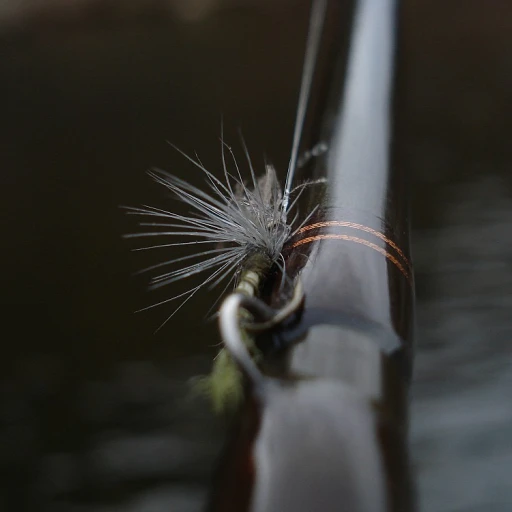
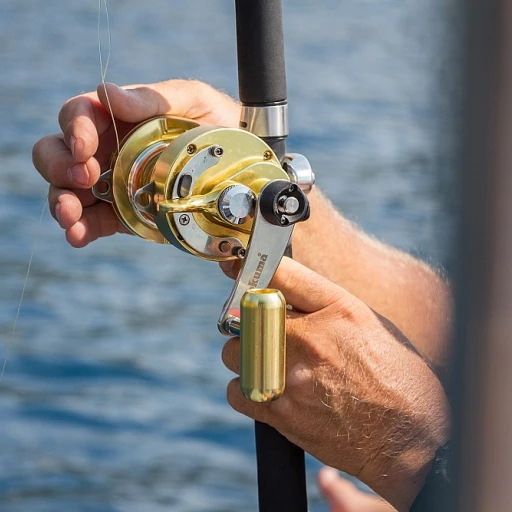
-large-teaser.webp)
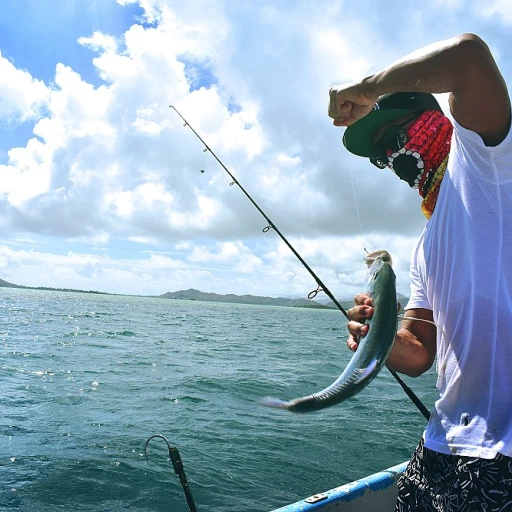
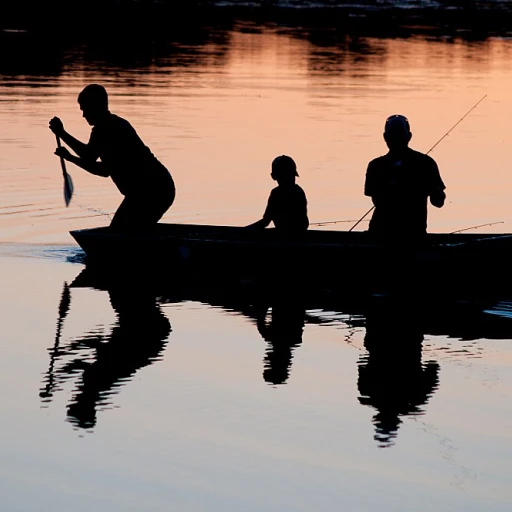
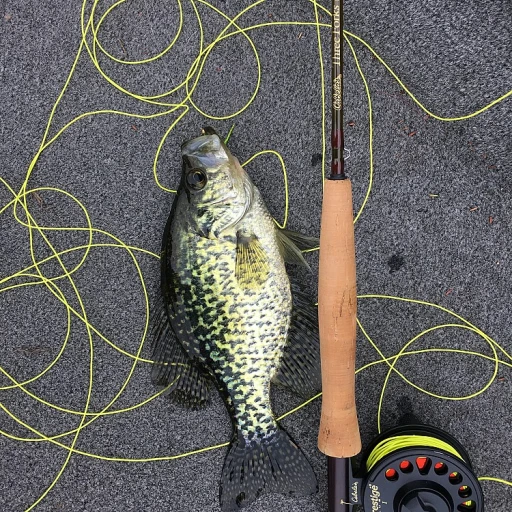

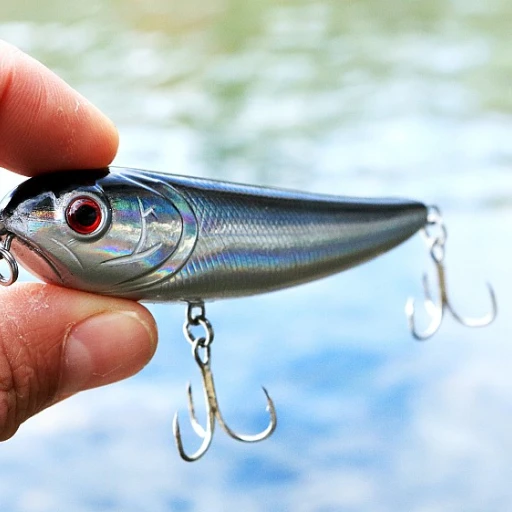
-large-teaser.webp)
